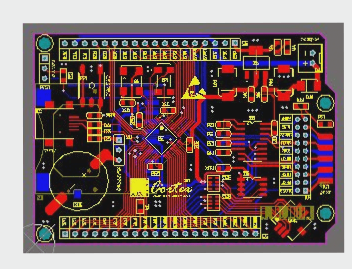Advantages of Even-Numbered Layers in Multi-Layer PCB Boards
- Lower Cost
- Balanced Structure Prevents Bending
- How to Achieve Balanced Stacking and Reduce Costs for Odd-Numbered PCBs?
Odd-numbered PCBs have slightly lower raw material costs but significantly higher processing costs due to non-standard laminated core layer bonding processes.
Odd-numbered PCBs are prone to bending due to varying lamination tensions, while even-numbered boards offer better control and symmetry, reducing warpage and improving SMT patch reliability.
Methods include utilizing a signal layer, incorporating an additional power layer, and introducing a blank signal layer near the center of the PCB stack to promote balanced stacking and prevent bending.
Multi-layer PCBs come in various configurations, with even-numbered layers being more prevalent due to cost and structural advantages. Despite the lower raw material costs of odd-numbered PCBs, their complex processing requirements and increased risk of bending make even-numbered boards a preferred choice in the industry.
Designers often avoid odd-numbered layer boards and may opt for “faux” even-numbered layers to maintain balance and reduce production challenges. By understanding the benefits of even-numbered layers and implementing strategies for balanced stacking, manufacturers can enhance PCB quality and cost-efficiency.





